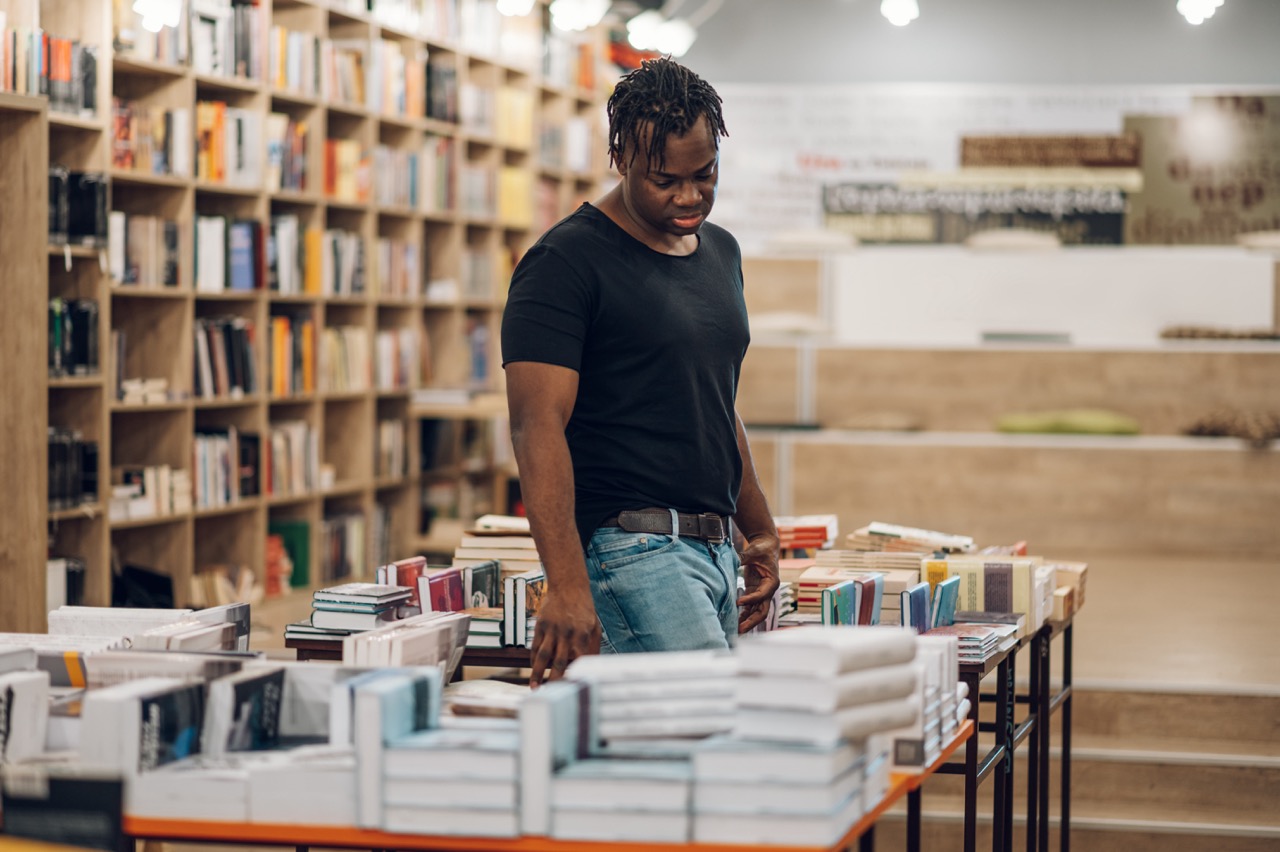In an era where social media dominates our daily interactions, the way we consume information has transformed dramatically. Visual content, from striking images to engaging infographics, has become the primary language of communication. This shift has ushered in the necessity of visual literacy—a skill that encompasses not just the ability to read images but to critically interpret them. As book enthusiasts, understanding this new dimension of literacy can deepen our appreciation for literature and enhance our reading experiences. Let’s delve into the intricacies of visual literacy in the age of social media and explore how it can enrich our understanding of the written word.
Understanding Visual Literacy: A Modern Necessity for Readers
Visual literacy is the ability to decode, analyze, and create meaning from visual images—an essential skill in today’s media-saturated environment. Gone are the days when reading meant solely engaging with text; now, our reading experiences are often interwoven with captivating visuals. Whether it’s a beautifully illustrated book cover or an evocative photograph on social media, visuals play a pivotal role in shaping our perceptions and interpretations of stories.
As readers, cultivating visual literacy allows us to engage more deeply with the material. When we encounter a book cover, for instance, we’re not merely judging its aesthetics; we’re also decoding the visual cues that hint at the story’s themes, tone, and even character dynamics. This multi-layered engagement can transform our reading experience, enabling us to appreciate the artistry behind both text and image.
Moreover, visual literacy extends beyond the realm of literature. It encourages us to question the narratives constructed by social media platforms, where images often tell stories that words alone may not convey. By honing our visual literacy, we become empowered consumers of content, capable of unpacking the deeper meanings behind the images that flood our feeds.
The Impact of Social Media on Our Visual Perception
Social media platforms like Instagram and Pinterest have fundamentally changed how we interact with visual content. With a simple scroll, we are exposed to a vast array of images that can evoke a wide range of emotions and thoughts. This constant flow of visuals can sometimes overshadow the written word, leading to a culture where pictures often speak louder than text.
For avid readers, this shift presents both opportunities and challenges. On one hand, social media offers a treasure trove of book recommendations, author insights, and vibrant literary communities. The ability to see a book’s cover or a quote from its pages can spark curiosity and foster connections with fellow readers. On the other hand, the overwhelming nature of visual content can lead to superficial engagement, where we may skim through images without pausing to reflect on their significance.
As we navigate this landscape, it’s crucial to be mindful of how social media shapes our understanding of literature. By actively engaging with both text and visuals, we can cultivate a more nuanced perspective, allowing us to appreciate the interplay between the two. This awareness can transform our reading habits, encouraging us to seek out deeper narratives rather than merely succumbing to the allure of the images that surround us.
Enhancing Your Reading Experience Through Visual Literacy
The marriage of text and visuals can elevate our reading experience in various ways. When we approach a book with an understanding of visual literacy, we’re better equipped to appreciate illustrations, charts, and even the layout of the text. For example, the way a publisher chooses to design a book can provide insights into the narrative style or the mood of the story. This design is not just decoration; it’s part of the storytelling process.
Additionally, visual literacy encourages us to engage with multimedia resources that can complement our reading. Author interviews, book trailers, and thematic artwork can deepen our understanding of a book and offer new perspectives. By exploring these resources, we become not just passive readers but active participants in the unfolding narrative, enhancing our overall experience.
Furthermore, incorporating visuals into our reading habits can foster creativity. As readers, we can create mood boards or visual representations of our understanding of a book. This exercise not only solidifies our interpretation but also allows us to express our thoughts in a unique and personal manner, enriching our connection to the literature we love.
Practical Tips for Navigating Images in the Digital Age
Navigating the visual landscape of social media can feel overwhelming at times, but there are practical strategies to enhance your visual literacy. First, cultivate a habit of critically analyzing images before diving into their captions or comments. Ask yourself questions about the context, the emotions conveyed, and how it relates to the text. This practice can help you develop a more discerning eye for visual storytelling.
Second, create a curated feed that aligns with your literary interests. Follow authors, publishers, and fellow readers who share insightful visuals related to the books you love. This not only enriches your reading experience but also connects you with a community that values the intersection of text and image. Engaging with thoughtfully curated content will inspire you to explore new titles and perspectives.
Lastly, embrace the art of creating your own visuals. Whether it’s through photography, illustration, or graphic design, expressing your thoughts visually can deepen your understanding of a text. Share your creations on social media as a way to engage with others, inviting them into your unique interpretation of a book. This practice not only enhances your visual literacy but also fosters a sense of community among fellow book lovers.
As we navigate the intertwining worlds of literature and visual content, embracing visual literacy becomes essential for readers in the age of social media. By developing our skills to decode, analyze, and create meaning from images, we enhance our reading experiences and foster a deeper appreciation for the stories we encounter. Let’s continue to explore the beauty of books, both in text and visuals, and encourage one another to engage thoughtfully with the rich tapestry of narratives that surround us. Happy reading!










